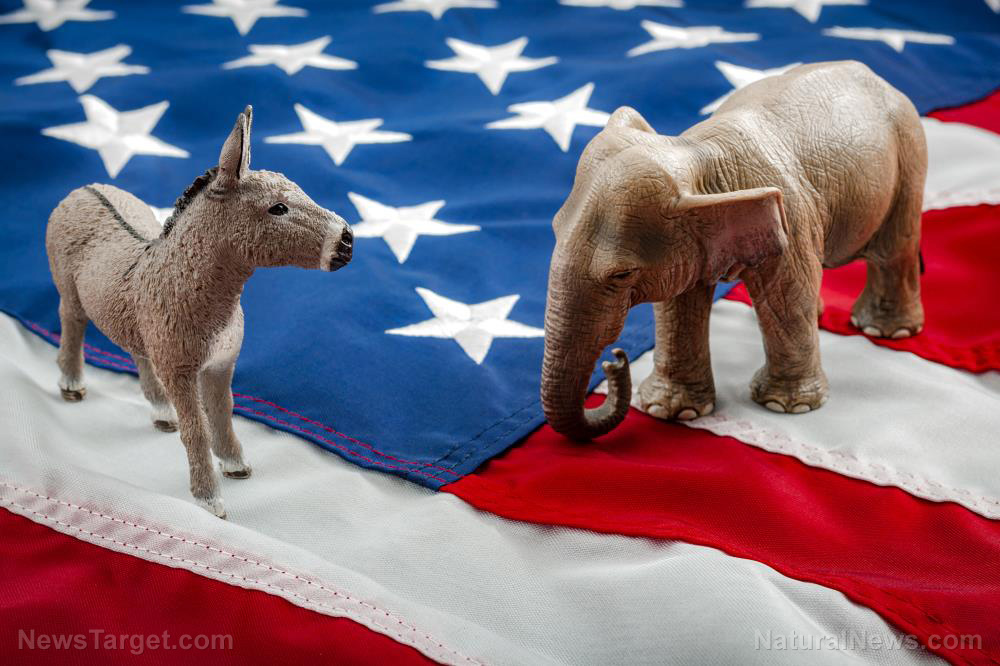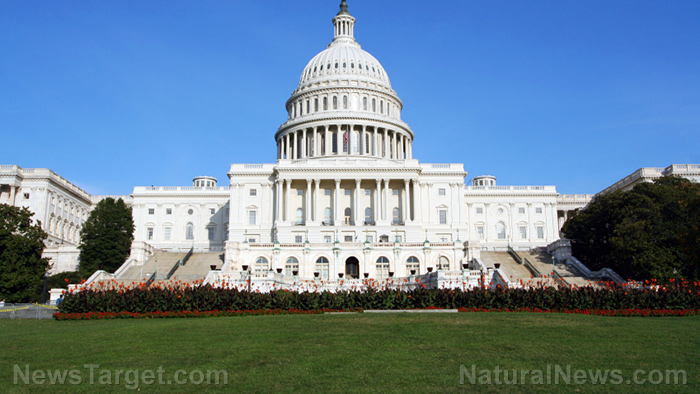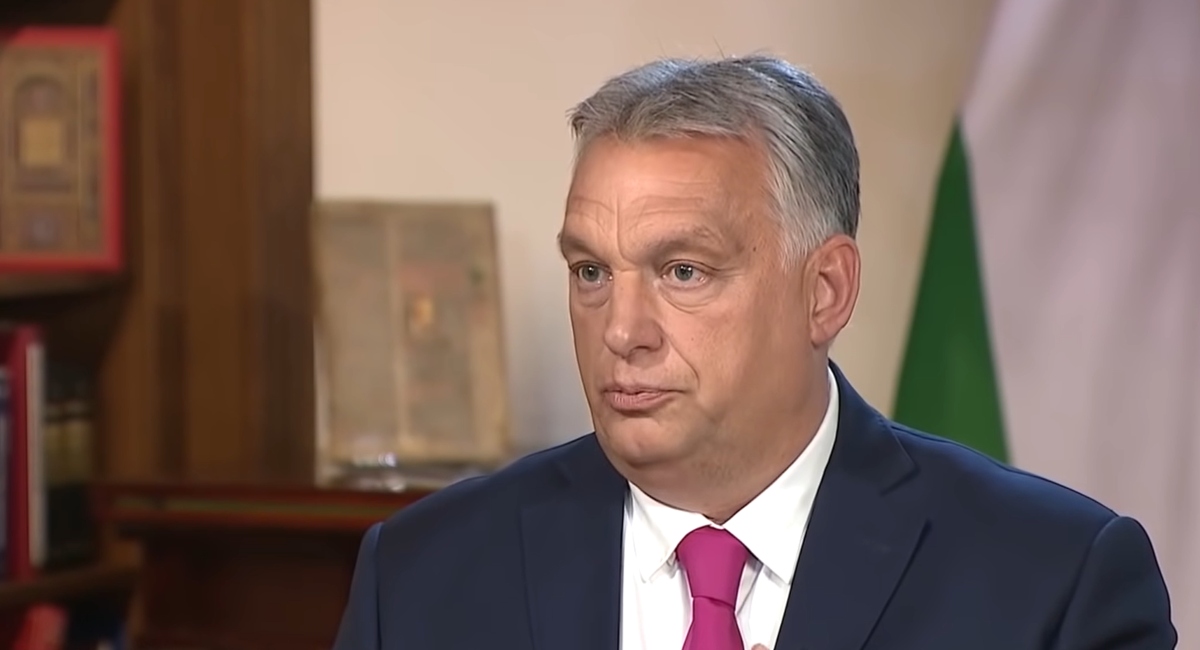 Parler
Parler Gab
Gab
- A bipartisan Senate coalition has advanced a deal to end the 40-day government shutdown.
- The agreement funds key agencies through fall 2026 and the rest of the government through January 30.
- Democrats conceded by dropping an immediate extension of Affordable Care Act subsidies in exchange for a promised future Senate vote.
- The deal reverses federal worker layoffs and ensures back pay for employees furloughed or working without pay.
- The legislation now faces an uncertain future in the House of Representatives.
The anatomy of the agreement
The tentative deal is constructed from several legislative components designed to address the most immediate crises while pushing larger budgetary fights into the new year. Its centerpiece is a combination of a “minibus” appropriations package and a short-term continuing resolution. The minibus fully funds three federal departments—Agriculture, Veterans Affairs and legislative branch operations—through September 2026. The continuing resolution funds the rest of the government at existing levels only through January 30, 2026, creating another potential fiscal cliff early next year. Crucially for the millions affected by the shutdown, the agreement explicitly provides back pay for all federal workers who were furloughed or forced to work without paychecks. It also reverses all layoffs initiated by the Trump administration during the shutdown and blocks any further workforce reductions until the end of January.The healthcare concession and Democratic divisions
The most contentious element of the negotiations involved the soon-to-expire subsidies for the Affordable Care Act (ACA). Allowing these subsidies to lapse is projected to cause health insurance premiums to double for millions of Americans. Initially, Democratic leadership insisted that any deal to reopen the government must include an extension of these subsidies. In a major strategic shift, the negotiating Democrats—including Sens. Jeanne Shaheen, Maggie Hassan and Angus King—dropped this demand. In exchange, they secured a promise from Republican leadership for a standalone Senate vote on extending the subsidies by mid-December. This concession proved deeply divisive. While the eight Democrats who voted for the deal argued it was the only viable path to ending the shutdown, prominent party leaders like Senate Minority Leader Chuck Schumer voted against it, arguing it left Americans vulnerable to a preventable healthcare cost crisis.A familiar legislative maneuver
The path to this agreement carries echoes of past legislative tactics, where must-pass bills become vehicles for complex political trade-offs. The strategy of attaching broader funding priorities to a continuing resolution is a common, if often criticized, method to circumvent procedural hurdles. This approach mirrors historical instances where lawmakers have used existing House-originated bills as shells for entirely new legislation, a maneuver sometimes employed to expedite passage during a crisis. While critics decry such methods as subverting transparent governance, proponents argue they are necessary to break political logjams and address urgent national needs.An uncertain path in the House
With the Senate poised for final passage, the focus now shifts to the House of Representatives, which has been in recess since September. The deal faces significant political headwinds. House Democrats have already signaled strong concerns over the absence of guaranteed healthcare subsidies, with some progressives vowing to oppose the agreement. Furthermore, House Speaker Mike Johnson has not committed to bringing the Senate bill to the floor for a vote, leaving open the possibility of further amendments or a completely different approach from the lower chamber. The process of reconciling the two chambers' positions is expected to take several days, prolonging the uncertainty for federal workers and government services.A temporary truce in a larger war
The Senate’s agreement represents a fragile truce rather than a lasting peace. While it provides a blueprint to end the immediate pain of a prolonged shutdown, it defers the most difficult budgetary and policy decisions for another two months. The promise of a future vote on healthcare subsidies offers little concrete reassurance to families facing steep premium increases, and the short-term funding measure ensures the nation will be back on the brink of a shutdown early next year. This deal, born of exhaustion and political necessity, highlights the deep ideological divisions that remain unresolved, setting the stage for another high-stakes fiscal confrontation in January. Sources for this article include: YourNews.com NBCnews.com CBSnews.comDemocrats in disarray as 8 senators break party ranks, join GOP to end government shutdown
By Ramon Tomey // Share
Humanoid robotics meets enterprise AI: SAP and partners unveil next-gen industrial automation
By Kevin Hughes // Share
A grave injustice is corrected: Trump pardons patriots persecuted for questioning the 2020 election
By Lance D Johnson // Share
EU faces roadblock as Belgium refuses to seize frozen Russian assets for Ukraine
By Kevin Hughes // Share
Democrats in disarray as 8 senators break party ranks, join GOP to end government shutdown
By ramontomeydw // Share
The health-focused shopper's guide to early Black Friday and holiday prep
By zoeysky // Share
Humanoid robotics meets enterprise AI: SAP and partners unveil next-gen industrial automation
By kevinhughes // Share







